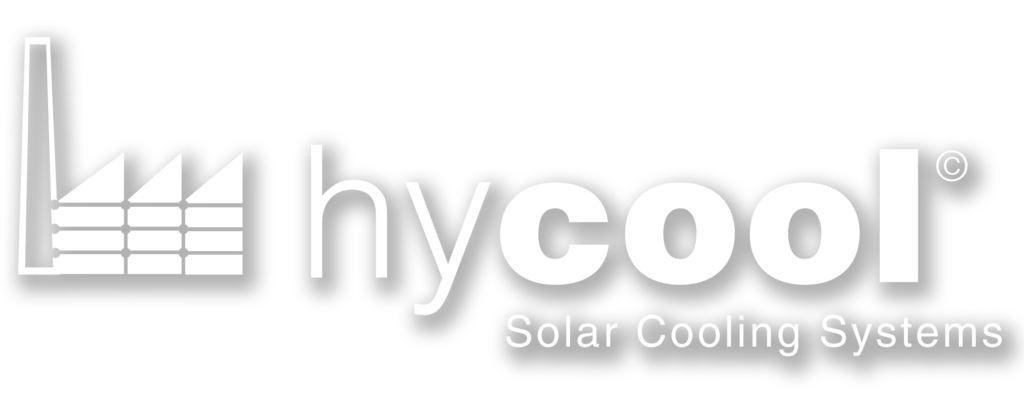Article pulished in Applied Energy (2020)
Title: Experimental Characterization of an Innovative Hybrid Thermal-Electric Chiller for Industrial Cooling and Refrigeration Application
Language: English
Authors: Giuseppe E. Dino (*1) , Valeria Palomba (*1), Eliza Nowak (*2), Andrea Frazzica (*1).
*1: CNR ITAE, Salita S. Lucia sopra Contesse 5, 98126 Messina, Italy
*2: Fahrenheit GmbH, Siegfriedstr. 19, 80803 Munich, Germany
Abstract: The energy demand of industries accounts for about 30–35% of world yearly energy consumption, a relevant percentage is due to the need of heating and cooling demand. Solar heating and cooling technologies can be integrated in industrial processes to reduce the fossil fuels consumption as well as the related greenhouse gas emissions. This paper reports the experimental analysis of a novel hybrid sorption-compression chiller for cooling and refrigeration purposes in cascade layout, which uses silica gel/water for the sorption cycle and a low Global Warming Potential (GWP) refrigerant, i.e. propylene for the compression cycle. The experimental results highlighted the flexibility of the system in terms of performances and operating conditions, these were compared to the theoretical performances and it was found out that electricity energy savings from 15% to 25% can be achieved when using the hybrid system over a compression one with the same cooling capacity. The results were converted in performance maps and processed in a statistical model, in order to get a simplified expression for
determining the overall performances of the hybrid system through variables that could be measured by a final user, such as the operating temperatures. Optimization strategies were identified for a further enhancement of the performance of the chiller, i.e. the reduction of the electricity consumption, by controlling the intermediate temperature (evaporation temperature of the sorption chiller) through sorption cycle management and the use of variable speed of the pumps in all the circuits to reduce the parasitic consumption especially at low part loads.

